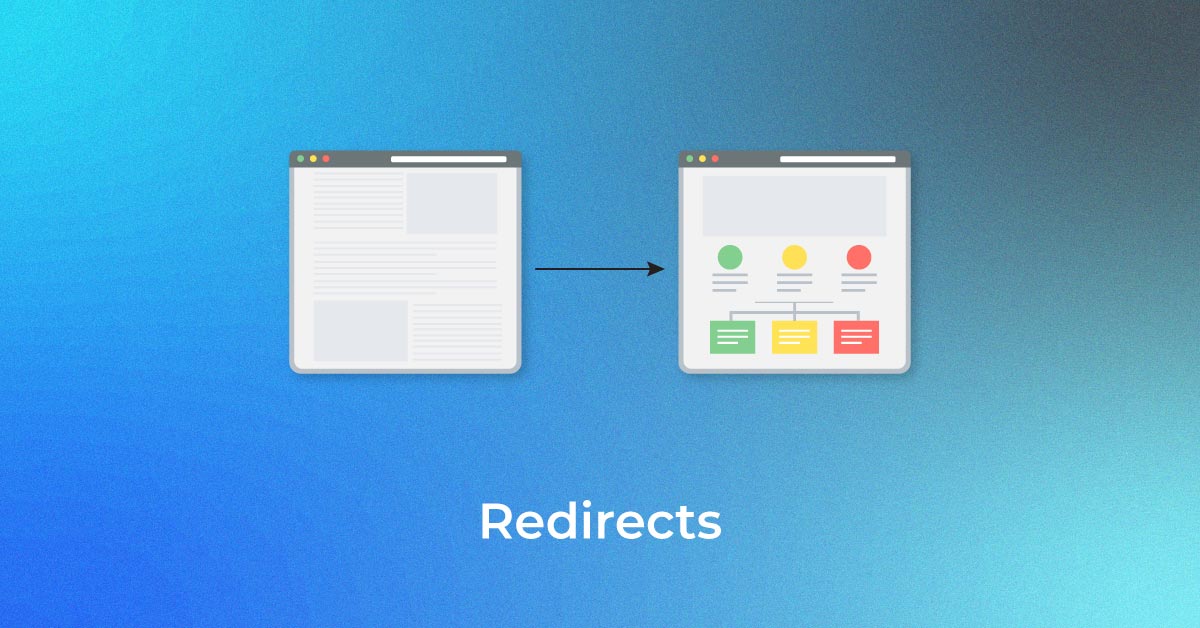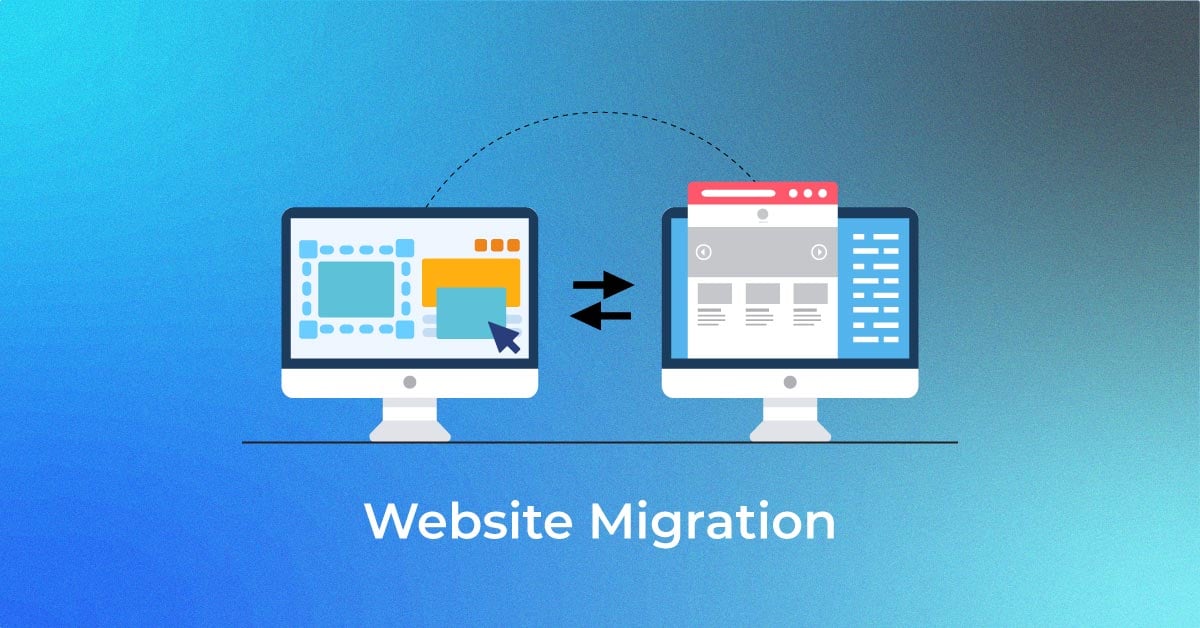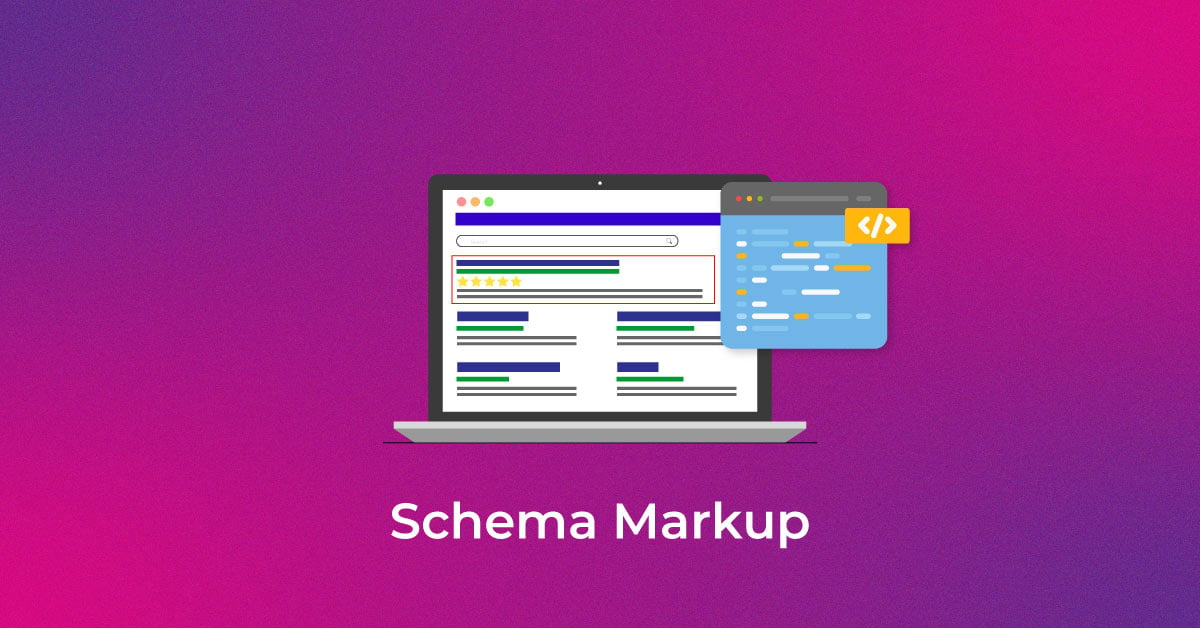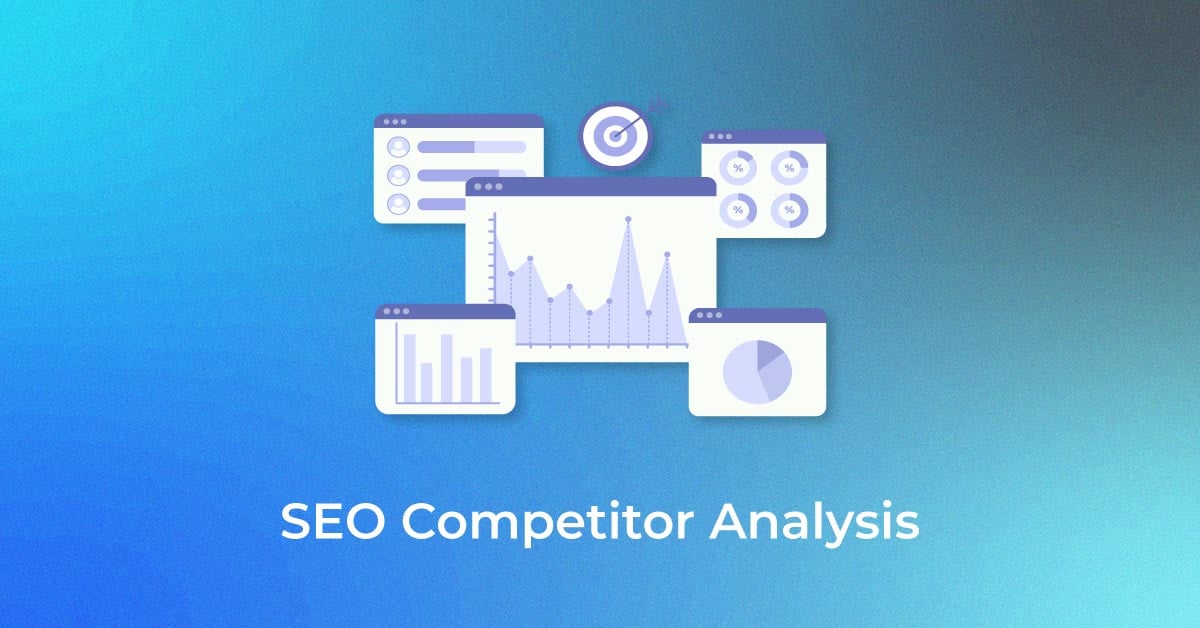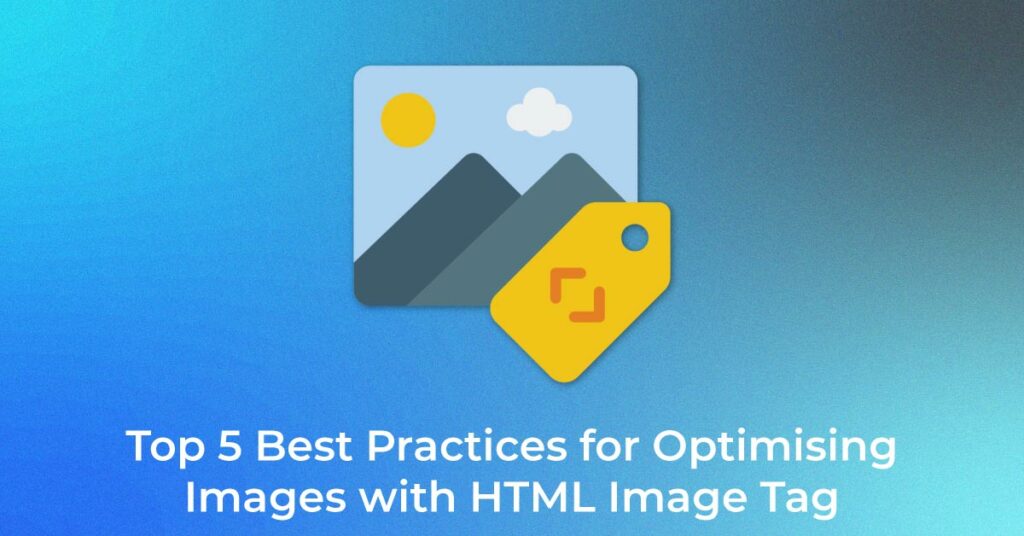|
Getting your Trinity Audio player ready...
|
Ensuring images appear appealing on a website is essential for user satisfaction and optimal website performance. The HTML image tag serves as a tool that aids website creators and SEO experts in achieving the desired appearance and behaviour of pictures. In this article, we’ll look at the top 5 best ways to make images look their best on a website using the HTML image tag. This includes things like picking the right image format, making pictures smaller without losing quality, adding special instructions, and more. But first, let’s get what the HTML Image tag is all about.
What is HTML Image Tag?
HTML <img> tag is a fundamental element used to display graphics on a website. <img> is used to embed any pictures or images into web page.
Example for HTML Image Tag –
<img src=”image-source.jpg” alt=”Image Description”>
- Src refers to the source where the image file is located. It is the URL of that particular image.
- Alt means alternate text. It involves providing a brief description of the image. This is important because if there is a glitch or your website fails to load images, the alt text can still convey to the user what the image was about; basically it gives the user a reference about that image. It serves as a valuable accessibility feature and helps ensure a better user experience for everyone, including those with visual impairments.
<img src=”sample.jpg” alt=”A beautiful rainbow” width=”400″ height=”300″ title=”raibow over the clouds” border=”1″>
Additionally, you can use width and height to specify dimensions, title to provide a tooltip when hovering over the image, and border to add a border around the image, among others.
Top 5 Best Practices for Optimising Images with HTML Image Tag
Listed below are the best practices to optimise your images:
1. Image Quality
When you’re building your website and adding pictures using the HTML Image Tag, it’s important to think about how good those pictures look and how fast they load. You want your pictures to be clear and sharp but not take too long to appear on your site.
Recommendation: Google makes this cool image format called WebP, and it’s all about having great-looking images that don’t take up too much space. So, when you use WebP images with the <img> tag in your HTML, you get nice-looking pictures that load quickly because the file sizes are small.
2. Compression Technique
When the image file size is reduced, you can significantly improve website loading speed and enhance user experience. There are several compression techniques available, including lossless and lossy compression.
What is Lossless compression?
Lossless compression preserves the image quality while reducing the file size.
What is Lossy compression?
Lossy compression sacrifices some image quality to achieve a smaller file size.
While many modern web browsers support WebP, it’s a good practice to provide fallback images in other formats (e.g., JPEG or PNG) for browsers that do not support WebP. You can use the <picture> element or the srcset attribute to serve different image formats to different browsers.
Here’s an example of using the <picture> element to provide both WebP and JPEG images with different compression settings:

Code:
<picture>
<!– WebP image with high compression –>
<source srcset=”image.webp” type=”image/webp”>
<!– Fallback JPEG image with medium compression for browsers that don’t support WebP –>
<img src=”image.jpg” alt=”Description of the image”>
</picture>
Also, while converting images to WebP, you can typically adjust the compression level to balance file size and image quality. Higher compression levels result in smaller file sizes but may reduce image quality. Finding the right balance is essential to ensure that your website looks great with the benefit of quick loading.
3. Right File Type
When it comes to optimising images with HTML Image Tag, choosing the right file type is also important. Every image file type comes with its own strengths and weaknesses.
- JPEGs are great for complex images with lots of colours, but they can lose quality when compressed too much.
- PNGs are better for simple images with fewer colours but tend to be larger in file size.
- GIFs are ideal for animated images, but they have limited colour support.
It’s important to consider the purpose of the image and the context in which it will be used before choosing a file type. Additionally, it’s important to balance image quality with file size and loading speed.
A high-quality image may look great, but if it takes too long to load, it can negatively impact user experience. By choosing the right file type for each image, you can ensure that your website is optimised for both quality and speed.
4. Using Alt and Title Attributes for SEO Optimization
When you’re putting pictures on a website using the HTML Image Tag, a smart thing to do is to give those pictures Alt and Title Attributes. These are like little tags that tell search engines what the picture is about and help people who use screen readers to understand what’s in the image. The Alt attribute says what’s in the picture, and the Title attribute can add some extra info. You want to use words that make sense for the picture, but don’t overdo it with too many keywords. By doing this, search engines can figure out what’s in your pictures better, which can help your website show up higher in search results.
5. Utilising CSS Sprites to Reduce HTTP Requests and Optimise Loading Speed Time
One of the best practices for optimising images with HTML image tags is to utilise CSS sprites to reduce HTTP requests.
What are CSS sprites?
CSS Sprintes combine multiple images into a single image, reducing the number of HTTP requests needed to load a webpage.
When there are fewer requests, your web page can load faster, making it better for users. To use CSS sprites, you basically create one image that holds all the pictures you need, and then you use some special code (CSS) to show just the right part of the image for each thing on your webpage. It’s a bit more work at the start, but it can really speed up how fast your webpage appears. Plus, if you use something called a content delivery network (CDN), it can make your pictures load even faster. So, by doing all this, you can make sure your website’s pictures show up quickly, making the website better for users and improving its overall performance.
Conclusion
Making your images work well is super important for SEO, and the HTML image tag is like a magic wand to make it happen. If you use these top 5 best practices to optimise your website’s images with HTML image tags, you’ll make your website better, people will like it more, and you might even show up higher in search results.
Popular Searches
How useful was this post?
4.2 / 5. 24











